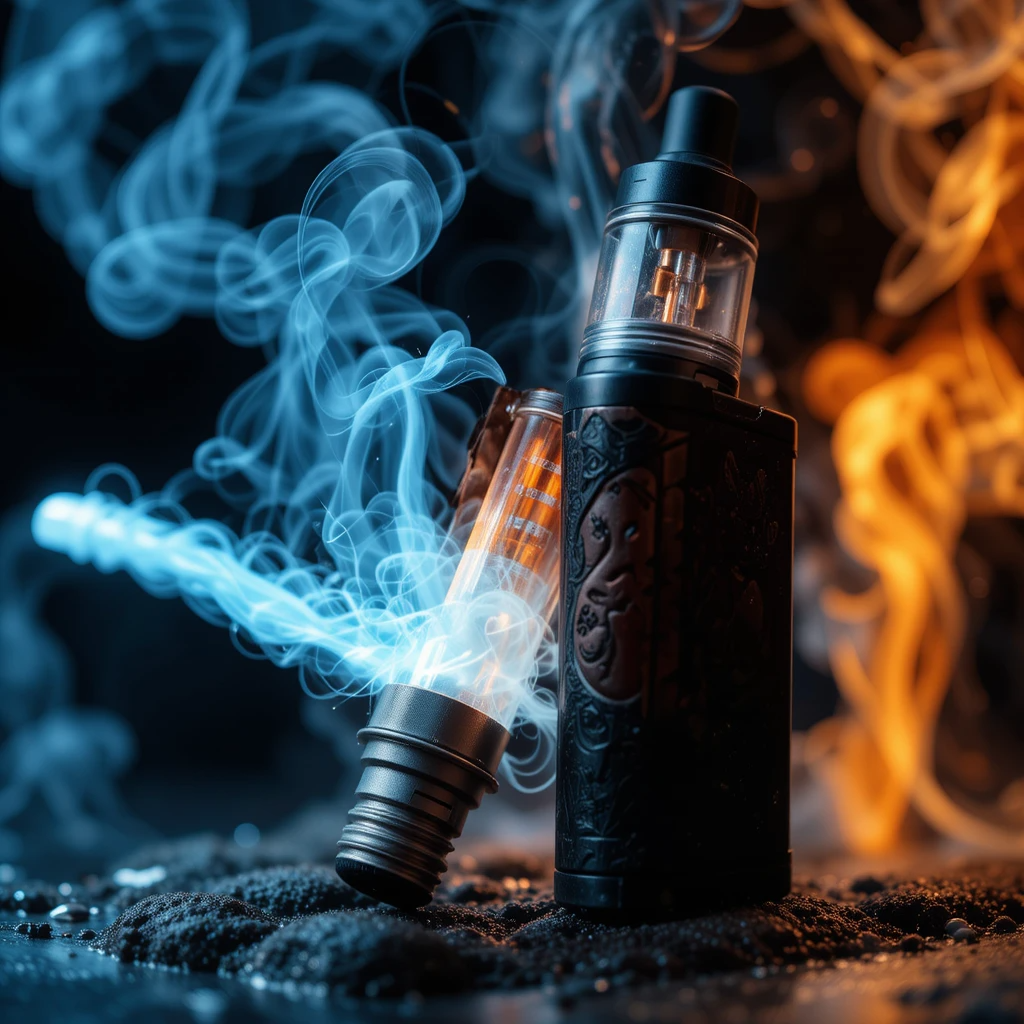Overheating Cases Surge Due to Faulty Vape Batteries
Overheating cases involving vape devices have surged recently, raising alarm among users and safety experts. Faulty batteries serve as the primary cause behind this growing concern, with numerous incidents reported across various regions. Many users experience unexpected device malfunctions, sometimes resulting in burns or property damage. Manufacturers and regulators emphasize the urgent need for stricter quality controls and user awareness. As vape usage continues to rise, these incidents highlight vulnerabilities in product safety standards. Consumers are advised to inspect their devices regularly and follow manufacturer guidelines closely. This issue demands immediate attention to prevent further hazards in the vaping community.
Overheating Cases Linked to Battery Defects
The recent spike in overheating incidents directly correlates with defects in vape batteries. Several investigations reveal that substandard materials and poor manufacturing processes contribute significantly to device failures. Batteries exposed to extreme stress or physical damage tend to malfunction, generating excessive heat. Additionally, improper charging practices exacerbate the risk. Experts warn that counterfeit or uncertified batteries flood the market, complicating the situation. This surge also exposes gaps in consumer knowledge regarding device maintenance and safe usage. Consequently, users face increased danger without realizing potential warning signs. Manufacturers must enhance safety protocols and enforce rigorous testing to mitigate these risks effectively.
Industry Response and Safety Measures
In reaction to the rising overheating cases, industry leaders implement new safety measures. Enhanced battery designs incorporating thermal regulation technology become more common. Companies increase educational campaigns to inform consumers about proper device handling and battery care. Regulatory agencies consider updating product standards to include mandatory safety certifications. Furthermore, some manufacturers introduce features that automatically shut down devices when overheating is detected. Despite these efforts, challenges remain in eliminating low-quality products from the supply chain. Ongoing collaboration between stakeholders, including retailers and health authorities, proves vital for improving overall safety. Vigilance and proactive steps from both producers and users are essential to curb this alarming trend.
Consumer Guidelines to Prevent Overheating Incidents
Educating users about safe vaping practices stands at the forefront of preventing battery-related overheating. Experts advise avoiding the use of damaged batteries or chargers incompatible with devices. Regular inspection for swelling or corrosion helps identify faulty components early. Users should refrain from exposing devices to extreme temperatures and ensure proper storage conditions. Moreover, following manufacturer instructions for charging times and equipment maintenance reduces potential hazards. Public awareness initiatives emphasize recognizing signs of overheating and responding promptly to avoid injuries. Ultimately, responsible use coupled with reliable product quality forms the foundation of safer vaping experiences. With growing concerns, these guidelines gain increased relevance for the entire vaping community.














